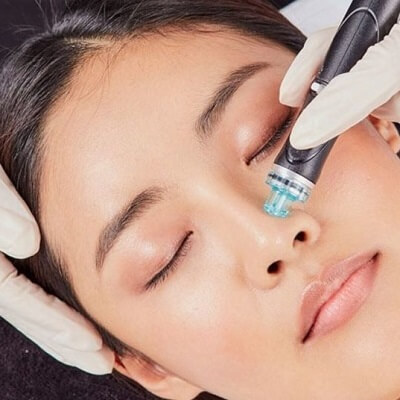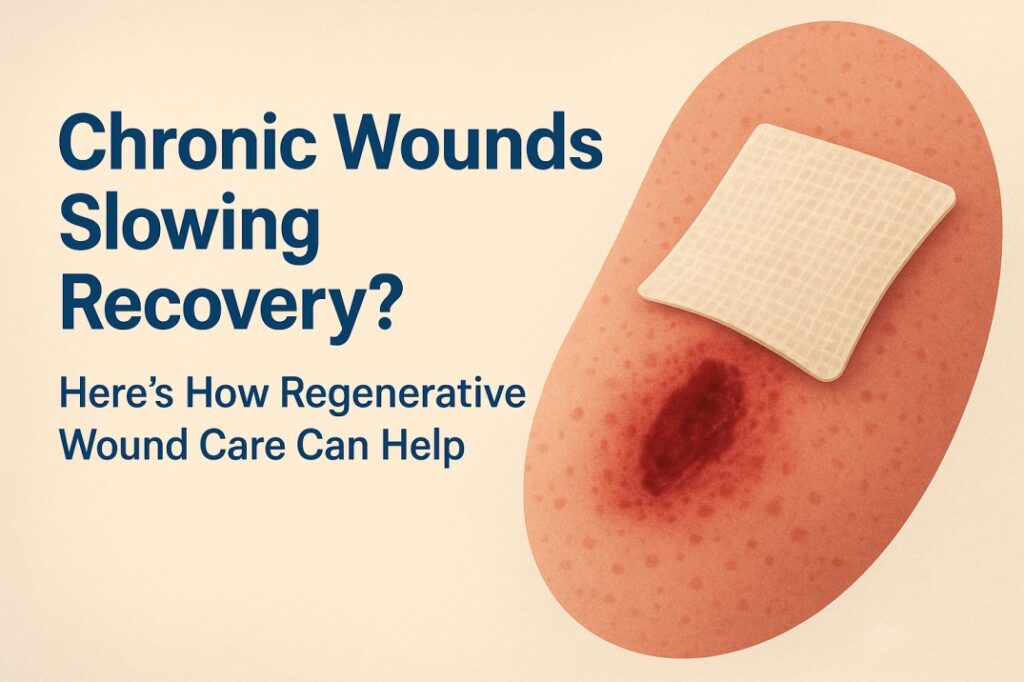When it comes to skincare treatments, facials are one of the most popular choices for rejuvenating the skin. Among the many options available, HydraFacial(علاج هيدرا فيشل) has gained significant attention for its unique approach. But how does it differ from traditional facials? In this post, we will explore the differences between HydraFacial and traditional facials, the benefits of each, and why you might choose one over the other.
What is a Traditional Facial?
A traditional facial is a broad category of skincare treatments that usually involve a combination of steps designed to cleanse, exfoliate, and hydrate the skin. While each facial can vary slightly depending on the spa or skincare provider, they generally follow a similar structure:
1. Cleansing
The first step in a traditional facial is the cleansing of the skin to remove makeup, dirt, and impurities.
2. Exfoliation
Exfoliating treatments, such as scrubs or enzymes, are applied to the skin to remove dead skin cells and promote cell turnover.
3. Extraction
If necessary, extractions are performed to remove blackheads, whiteheads, or clogged pores. This step can sometimes cause discomfort, especially if the skin is sensitive.
4. Masking
A mask is often applied to hydrate, nourish, or address specific skin concerns (e.g., acne or dry skin).
5. Massage
Some traditional facials include a facial massage to promote circulation, relaxation, and lymphatic drainage.
6. Moisturizing and Protection
Finally, the facial is completed with a moisturizer and sun protection (SPF), ensuring the skin remains hydrated and protected from UV rays.
Traditional facials are customizable depending on skin type and concerns, but they are typically manual and may take anywhere from 30 minutes to an hour.
What is a HydraFacial?
A HydraFacial is a non-invasive, medical-grade facial treatment that uses advanced technology to cleanse, exfoliate, extract, and hydrate the skin simultaneously. It’s known for being more efficient and less invasive compared to traditional facials, providing more noticeable and immediate results. The HydraFacial treatment uses a proprietary device to perform these steps in a multi-step process, utilizing specific serums to improve skin texture and appearance.
How Does a HydraFacial Work?
A HydraFacial treatment is typically performed using a specialized machine that contains a suction tip. The process is broken down into the following stages:
1. Cleansing and Exfoliation
The skin is gently exfoliated with a vortex-fusion device that removes dead skin cells and debris while simultaneously cleansing the skin.
2. Acid Peel
An optional mild chemical peel is applied to loosen deep-seated dirt and oils in the pores. Unlike traditional facials, this peel is non-abrasive and very gentle on the skin.
3. Extraction
A vacuum-like suction device is used to extract impurities from pores. It’s a pain-free process compared to manual extractions and provides more precise results.
4. Hydration and Nourishment
A special serum, packed with antioxidants, peptides, and hyaluronic acid, is delivered into the skin, rehydrating and nourishing the skin deeply.
5. Protection
Lastly, a hydrating mask is applied to lock in moisture and nutrients, providing a healthy glow to the skin.
The entire procedure lasts about 30-45 minutes and requires little to no downtime. The treatment can be customized with additional boosters to address specific concerns such as fine lines, pigmentation, or acne.
Key Differences Between HydraFacial and Traditional Facials
1. Technology vs. Manual Techniques
-
Traditional Facials: Rely on manual techniques like scrubs, masks, and extractions. While these techniques are effective, they may not be as precise or deep-reaching as the technology used in a HydraFacial.
-
HydraFacial: Uses advanced technology with a Vortex-Fusion device to exfoliate, extract, and hydrate the skin in one seamless process. This technology allows for deeper penetration of active ingredients, making it a more efficient treatment.
2. Effectiveness and Immediate Results
-
Traditional Facials: While traditional facials can offer noticeable improvements in skin texture and hydration, the results may not be as dramatic or immediate as those from a HydraFacial.
-
HydraFacial: Known for delivering instant, glowing results. Many clients notice an improvement in skin texture, tone, and hydration immediately after the treatment, making it ideal for those seeking fast and visible outcomes.
3. Pain and Discomfort
-
Traditional Facials: The extraction process in traditional facials can sometimes be painful, especially for individuals with sensitive skin or clogged pores. There can also be a feeling of tightness after some treatments.
-
HydraFacial: It is generally pain-free, even during extractions. The suction device used in the HydraFacial process gently removes impurities without causing discomfort.
4. Customization and Personalization
-
Traditional Facials: These facials are highly customizable, and different products can be used depending on your skin type and concerns. However, the results can vary based on the skill of the esthetician performing the treatment.
-
HydraFacial: Also customizable, HydraFacial offers targeted treatments with the option to add boosters (e.g., for acne, pigmentation, or wrinkles). The results are more consistent due to the precise, automated nature of the treatment.
5. Downtime and Recovery
-
Traditional Facials: Most traditional facials involve some downtime, especially if extractions are performed. Redness and irritation may linger for a few hours, depending on the treatment.
-
HydraFacial: One of the most significant advantages of a HydraFacial is that there is little to no downtime. Patients can return to their normal activities immediately after the treatment, and there’s minimal risk of irritation.
6. Skin Concerns Addressed
-
Traditional Facials: Can address a variety of skin concerns such as dryness, acne, and dull skin. However, for more specific or deeper issues, such as wrinkles or hyperpigmentation, additional treatments may be needed.
-
HydraFacial: Is known for its ability to treat a broader range of skin concerns with customized serums and boosters. It can help with fine lines, wrinkles, sun damage, acne, enlarged pores, and even more severe conditions like hyperpigmentation.
Pros and Cons of HydraFacial vs. Traditional Facials
Pros of Traditional Facials
-
Customizable: Can be adjusted based on skin type and needs.
-
Variety of options: Offers a wide range of treatments (e.g., anti-aging, acne facials).
-
Relaxing experience: Includes massage and soothing masks, promoting relaxation.
Cons of Traditional Facials
-
Longer downtime: May involve redness and irritation, especially with extractions.
-
Less immediate results: Results can take time to show.
-
Painful extractions: Some people may experience discomfort during extractions.
Pros of HydraFacial
-
Immediate results: Noticeable improvements right after the treatment.
-
Painless: No pain during extractions or the overall process.
-
No downtime: Return to daily activities immediately after.
-
Advanced technology: Provides deep hydration and skin rejuvenation.
Cons of HydraFacial
-
Cost: HydraFacial tends to be more expensive than traditional facials.
-
Limited to certain spas/clinics: Not all facilities offer HydraFacial treatments.
-
May not be suitable for all skin types: Some individuals with sensitive skin may experience minor irritation.
Frequently Asked Questions (FAQs)
Q1: How often should I get a HydraFacial?
Typically, a HydraFacial can be done once a month for optimal results, although some people may benefit from treatments more or less frequently depending on their skin concerns.
Q2: Is HydraFacial suitable for all skin types?
Yes, HydraFacial is designed to be safe for all skin types, including sensitive, dry, oily, and acne-prone skin. However, it’s always best to consult with your provider beforehand to ensure it’s the right treatment for you.
Q3: Can I combine a HydraFacial with other treatments?
Yes, many people combine HydraFacial with other treatments like Botox, dermal fillers, or laser treatments. Your provider will discuss the best combination based on your skin goals.
Q4: Will a HydraFacial help with acne?
HydraFacial can help with acne by deeply cleansing the skin, removing excess oil, and infusing anti-inflammatory serums. It is not a cure for acne but can help manage breakouts.
Q5: How long do the results of a HydraFacial last?
Results typically last 5 to 7 days, but regular monthly treatments can maintain and improve the appearance of the skin over time.
Final Thoughts
Both HydraFacial and traditional facials offer great benefits for skin health, but the key differences lie in the technology, treatment methods, and outcomes. HydraFacial tends to deliver quicker, more visible results with minimal downtime, making it a popular choice for those seeking instant rejuvenation. On the other hand, traditional facials offer a more hands-on approach and can be tailored to specific skin concerns.
When deciding between the two, consider your skin needs, budget, and desired results. Either way, both treatments are excellent choices for maintaining healthy, glowing skin.









